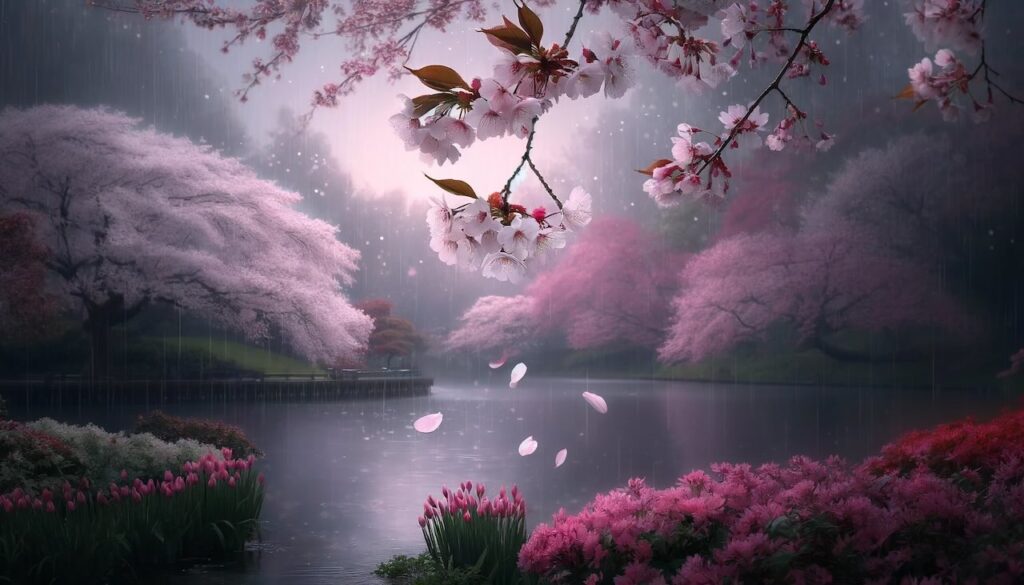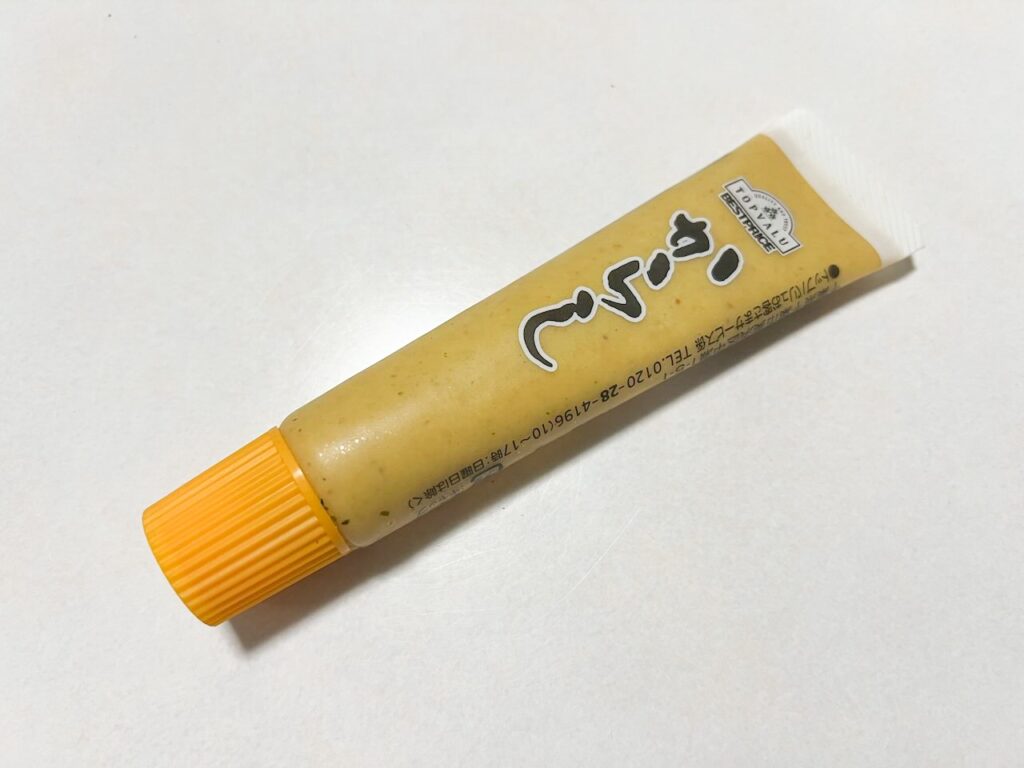Cherry blossom season in Japan is a breathtaking celebration of nature’s beauty. But if you’ve ever had your hanami (blossom-viewing picnic) plans ruined by sudden rain, you might have wondered: why does it often rain during cherry blossom season? Let’s explore the science behind this soggy spring tradition.
The Role of Spring Low-Pressure Systems
As Japan transitions from winter to summer, the spring season brings more frequent low-pressure systems, especially in regions along the Pacific coast. These systems are often responsible for the seasonal rain. Here’s what happens:
- Warm, moist air is drawn in
- Air currents rise, cooling as they go
- Rain clouds form due to condensation at higher altitudes
Since these low-pressure systems become more common in March and April—right when the cherry blossoms bloom—it’s no coincidence that rainy days tend to overlap with peak blossom season.
What Is the “Flower Chill” Phenomenon?
Another key player is a unique weather event known in Japan as “hana-bie” or “flower chill.” This happens when a brief cold snap follows the first warm spell that triggers cherry blossom blooming.
- Warm southerly winds cause the blossoms to open
- Then, cold northerly winds sweep in, dropping temperatures
- This sudden chill increases moisture condensation in the atmosphere
The result? A greater chance of rain showers just when the cherry trees are at their most beautiful.
The Perfect Recipe for Spring Rain
When spring low-pressure systems and flower chill occur around the same time, the chances of rainfall go way up. Here’s how the two forces work together:
- Low-pressure systems supply warm, moist air and unstable atmospheric conditions
- Flower chill creates cold upper air, making it easier for water vapor to condense
- The combination produces ideal conditions for rain clouds to form
In short, cherry blossom season lines up perfectly with the atmospheric “perfect storm” for spring rain.
Conclusion: Embracing the Rain and the Blooms
While rainy weather may interrupt outdoor festivities, understanding why it rains during cherry blossom season can deepen your appreciation for this fleeting yet powerful symbol of renewal.
Next time the skies turn gray during hanami season, grab an umbrella, admire the blossoms in a new light, and remember—it’s all part of the spring experience.


